-

Holding the pope’s nose to a grindstone: an anti-Catholic clock
-
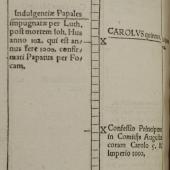
A Lutheran timeline
-
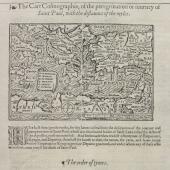
The peregrinations of St Paul
-
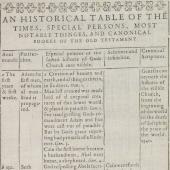
Catholic chronology
-
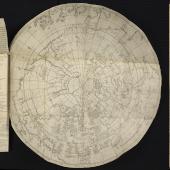
A map of time
-
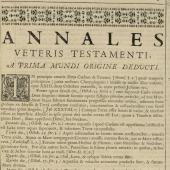
The date of the world’s beginning
-
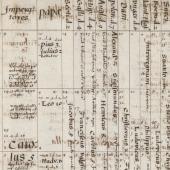
An early history textbook: chronological tables
-
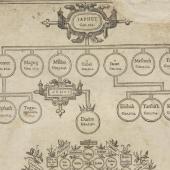
Genealogy of Christ
-

Manuscript genealogy of Christ
-
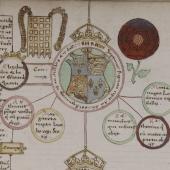
Royal genealogy: the descent of the kings of England from Adam
-
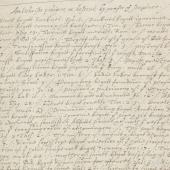
Mock-genealogy: ‘Antichrist’s Pedigree’
-
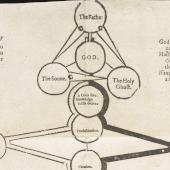
A golden chaine: salvation charted
Chronologies
Remembering the Reformation
The small scale of daily and yearly life measured out by calendars and almanacs works in tandem with the vaster timelines of sacred history, the province of the discipline of biblical chronology. Encompassing both the events of human history and the grand scale of soteriology, a work at once of exegetical interpretation and historical narration, the mapping of sacred time created a framework in which to understand how worldly events corresponded to a divine plan. Put another way, if history is providential, then the works of God can be discovered in the shape of its unfolding.
Anticipating end-time and correlating events to one another across vast sweeps of time, biblical chronology produces a relationship to time that is far from linear, offering a productive counterpoint to our modern conceptions of relentless uniform progress. The objects represented in this category offer several visual schemata for comprehending time on a large scale, and with differing degrees of explicitness also provide a sketch of how problems of time became involved in problems of doctrinal and political conflict.
In a period before exegesis bifurcated into studies of ‘history’ and ‘literature’, with the familiar modern disciplinary dividing wall between them, the study of sacred history made a single practice of the interpretation of the text of scripture and the interpretation of the events of human history after Christ. As alien as it may seem to contemporary secular models of understanding historical time, not to mention the age of the world and its implications for cosmology, biblical chronology if taken seriously can teach us something significant about the relationship between the protocols of interpretation and those of historiography—and perhaps even teach us how to better tell the story of the past.